
Have you ever wondered what it may be like to sail with no hearing and having to rely on your other senses? For many deaf sailors, sailing may seem virtually impossible due to a multitude of barriers; from everyday sailing to races.
However, through the work of the deaf sailing community, deaf people have gathered together to work through these challenges and obstacles and with GBR Deaf Sailing, we work to influence change amongst local sailing clubs and to build accessible pathways; enabling deaf people to be treated as equal sailors.
You may often wonder, how do deaf people communicate when sailing, or perhaps what can clubs do to be more inclusive?
For deaf people, like any other sensory losses, your other senses are heightened which can be seen as an advantage, a tool within our armour. Deaf people typically have heightened senses with their eyes, therefore when it comes to sailing, they tend to be more observant to their surroundings and may pick out on the smallest of visible changes quicker than others.
When it comes to sailing amongst crews, communication is vital. Many deaf sailors do not sail for obvious reasons with their hearing aid or implants. When sailing in a group of deaf people, there isn’t the ability to speak/shout whilst under sail or in race mode, this can make it extremely more challenging especially if deaf crews use sign language to communicate or perhaps lip read one another. This often means there are times whereby hands need to be freed to sign and you may see the odd rope in the most strangest of places!

As crews, we come up with effective forms of communication that takes some time to learn and to master, for example should crews not be able to gauge a sense of action through the natural art of sailing, there are certain hand-signals or types of taps to the hull used. However each helm, will have different ways of communicating, based on my own helming style, my typical communication methods are;
- To obtain an immediate action would be a series of hard bangs to the hull in order to act fast or to get everyone’s attention.
- When it comes to a marker and a tack/gybe, a series of three bangs to the hull in a timed sequence; 1 - ready about, 2 - close to mark, 3 - action
- Hand signals; A circular motions up in the air with the index finger - to signify the movement of upwards or downwards actions and also the speed of the motion signifies the speed. For example releasing or taking down the spinnaker, a fast clockwise motion would signify a quick release, anticlockwise would mean to take down (opposite direction).
- When racing, using numbered signs is key for timed sequences, for example a count down of 5, 4, 3, 2, 1 using your fingers.
- Racing for deaf crews can be challenging, however Rooster’s shop enabled deaf crews to purchase limited edition optimum watches which has vibration settings - this is a life saver for deaf sailors.
As you can see there are a number of ways of communicating on board without the use of speech, this list could be endless, however summaries some of the examples when it comes to sailing.

What could clubs do to be more inclusive?
When it comes to races and events, we ask for a time-pace keeper to assist with the time sequence, this enables deaf crews to follow the sequence of a klaxon / horn. This is where someone would signal a 3, 2, 1 before a klaxon / horn in order for the crew to set their timers in line with the sequence.
We also ask for clubs to give considerations to use of flags and communication tools - thinking about the effective uses of these - not all clubs use flags in this way. Clubs are encouraged to work with deaf sailors to make minor tweaks and adaptions - for example a warning signal in order to get ready, using a pre-agreed flag that is waved at the same time as the signal is sounded.
Clubs have opted to use strobe lights as well as klaxon / horns, however the colour and size of the strobe is key in order to aid in the visibility of this.
GBR Deaf Sailing welcome clubs or individuals who want to know more about how to be more inclusive. For more information or tips please contact daniel14clements@gmail.com

Article written by Daniel Clements
GBR Deaf Sailing - Sailor and Committee member




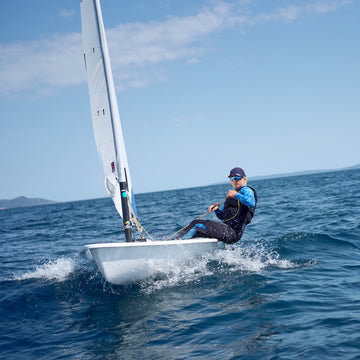
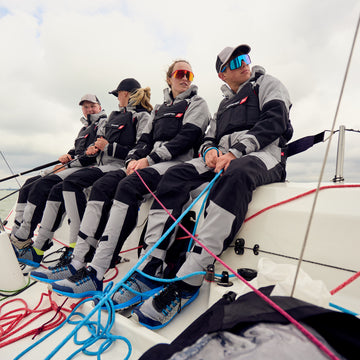
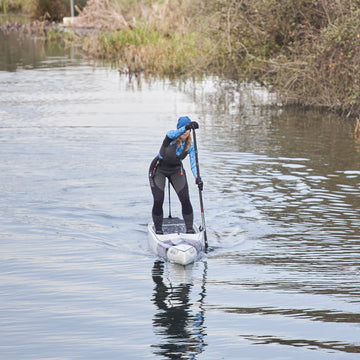
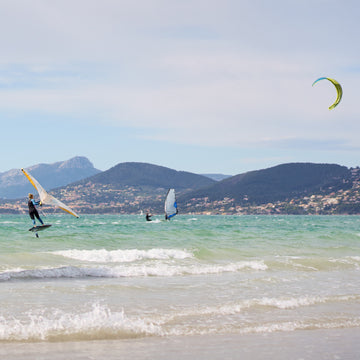
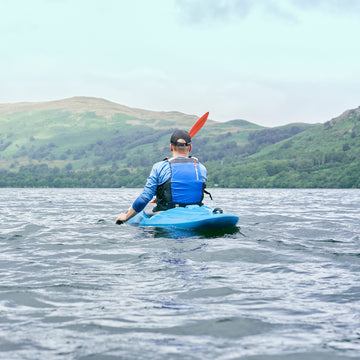
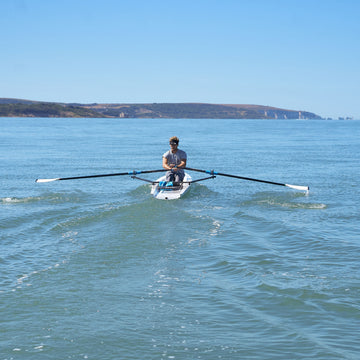
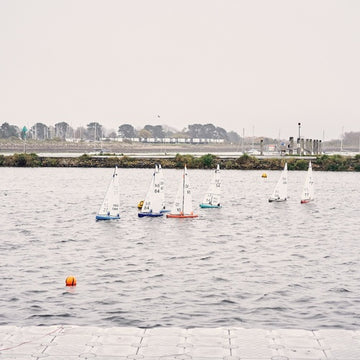
 Select Store
Select Store
 EU
EU
 US
US

